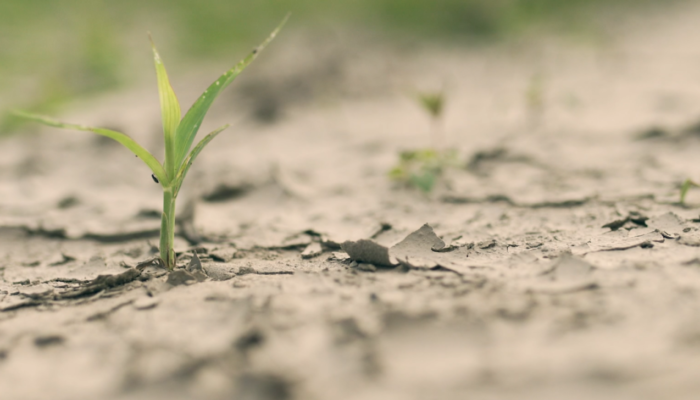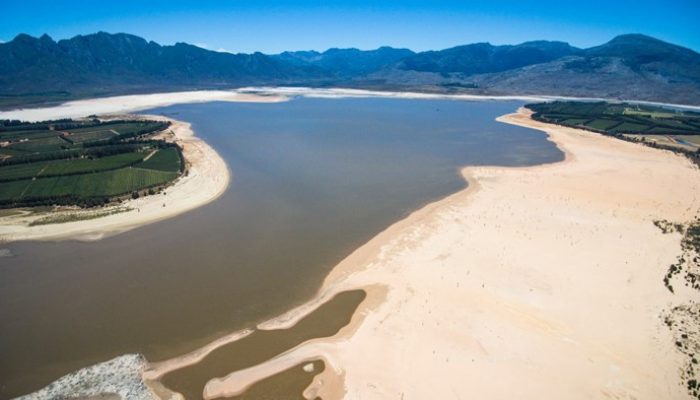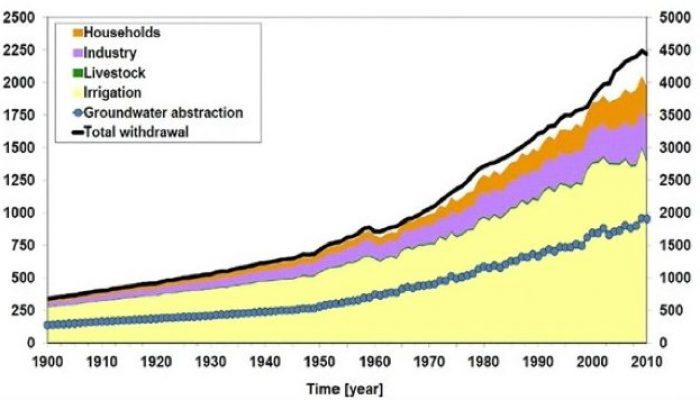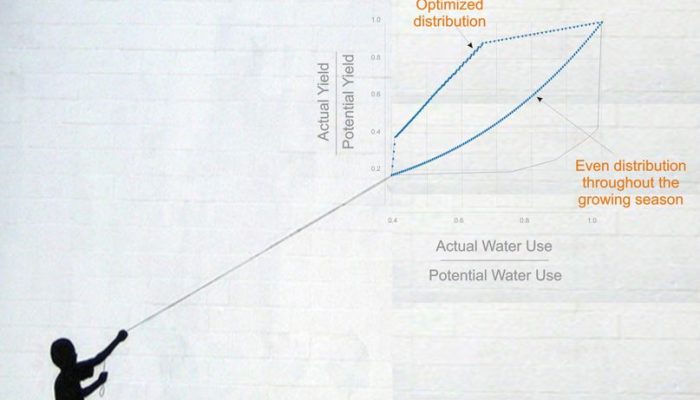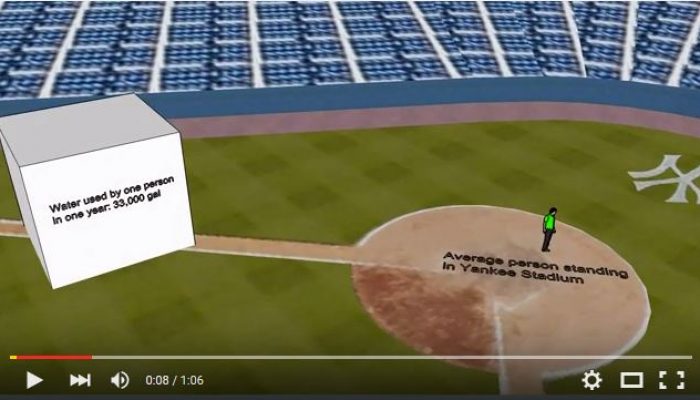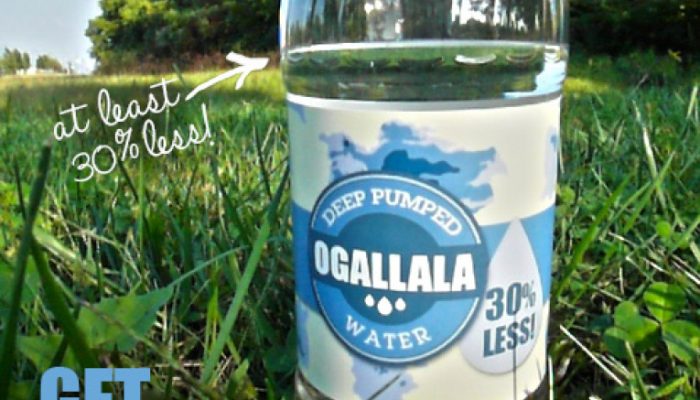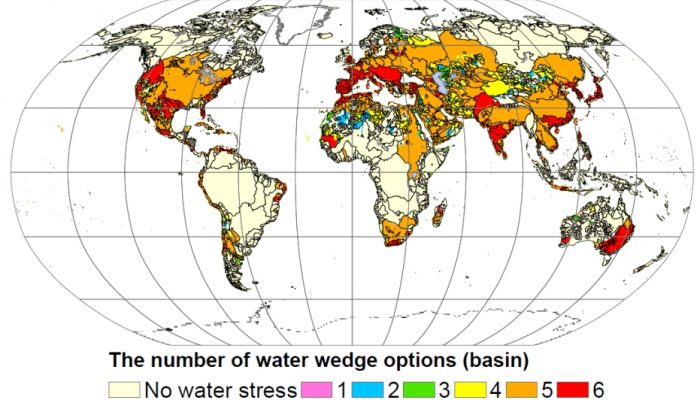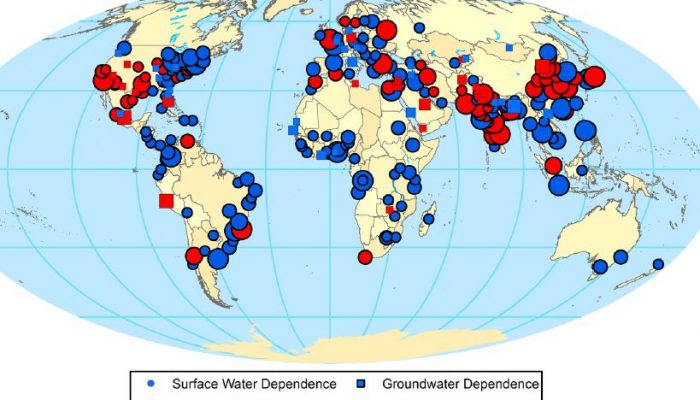Post by Jared van Rooyen, PhD student in Earth Science at Stellenbosch University, in South Africa. When the Cape Town water crisis first emerged it took almost a year before active contingencies were put in place. Four major ideas were proposed: (1) Intense water restrictions for municipal water users, (2) greywater recycling facilities, (3) groundwater augmentation of water supplies, and (4) des ...[Read More]
Socio-hydrology meets Broadway: Can we survive drought if we stop using the toilet?
Post by Samuel Zipper, postdoctoral fellow at both McGill University and the University of Victoria, in Canada. You can follow Sam on Twitter at @ZipperSam. ___________________________________________________________ How can society best cope with water scarcity? With Cape Town on the verge of being the first major city to run out of water (a topic for a future post here on Water Underground), thi ...[Read More]
Good groundwater management makes for good neighbors
Post by Samuel Zipper, postdoctoral fellow at both McGill University and the University of Victoria, in Canada. You can follow Sam on Twitter at @ZipperSam. ___________________________________________________________ Dedicated Water Underground readers know that this blog is not just about water science, but also some of the more cultural impacts of groundwater. Keeping in that tradition, today’s ...[Read More]
What is the difference between ‘water withdrawal’ and ‘water consumption’, and why do we need to know?
Post by Inge de Graaf, University of Freiburg, Environmental Hydrological Systems group ________________________________________________________________________________________________________________ Last week I had to teach my first class in global hydrology. When I showed the global trend on increasing demands and withdrawals (see Figure) I needed to explain the different terms as sometimes the ...[Read More]
Crop kites
Post by WaterUnderground contributor Mikhail Smilovic. Mikhail is a PhD candidate in the Department of Civil Engineering at McGill University, in Quebec. Crops use water for photosynthesis, absorbing nutrients, and transpiration, or the plant-equivalent of sweating. A crop may experience water-stress if the soil surrounding the roots is not adequately wet, and this stress will affect the crop dif ...[Read More]
It’s out of the park! Comparing some of the water threats in America…
This is cool! a video is from Owen Miles’ watermurica blog
Fantasy Bottled Water Brands of Tomorrow: Ogallala Water
We are peering into the not-so-distant future to imagine what the brand geniuses of the future will be serving up for discerning water consumers! The Brand: Ogallala Source: Great Plains Why? Deep down, you know you love it. Promotional Copy: Ogallala Water: GET PUMPED. Swill waters run deep so we go deep, deep, deep into the Great Plains water table to pipe this ancient, undisturbed water to your ...[Read More]
Reducing water scarcity possible by 2050
Press release from McGill University of our research published yesterday in Nature Geoscience. Water scarcity is not a problem just for the developing world. In California, legislators are currently proposing a $7.5 billion emergency water plan to their voters; and U.S. federal officials last year warned residents of Arizona and Nevada that they could face cuts in Colorado River water deliveries i ...[Read More]
One in four of world’s big cities water-stressed
From the McGill Newsroom As more people move to urban areas, cities around the world are experiencing increased water stress and looking for additional water supplies to support their continued grow. The first global database of urban water sources and stress, published online this week in Global Environmental Change, estimates that cities move 504 billion litres of water a distance of 27,000 kilo ...[Read More]

